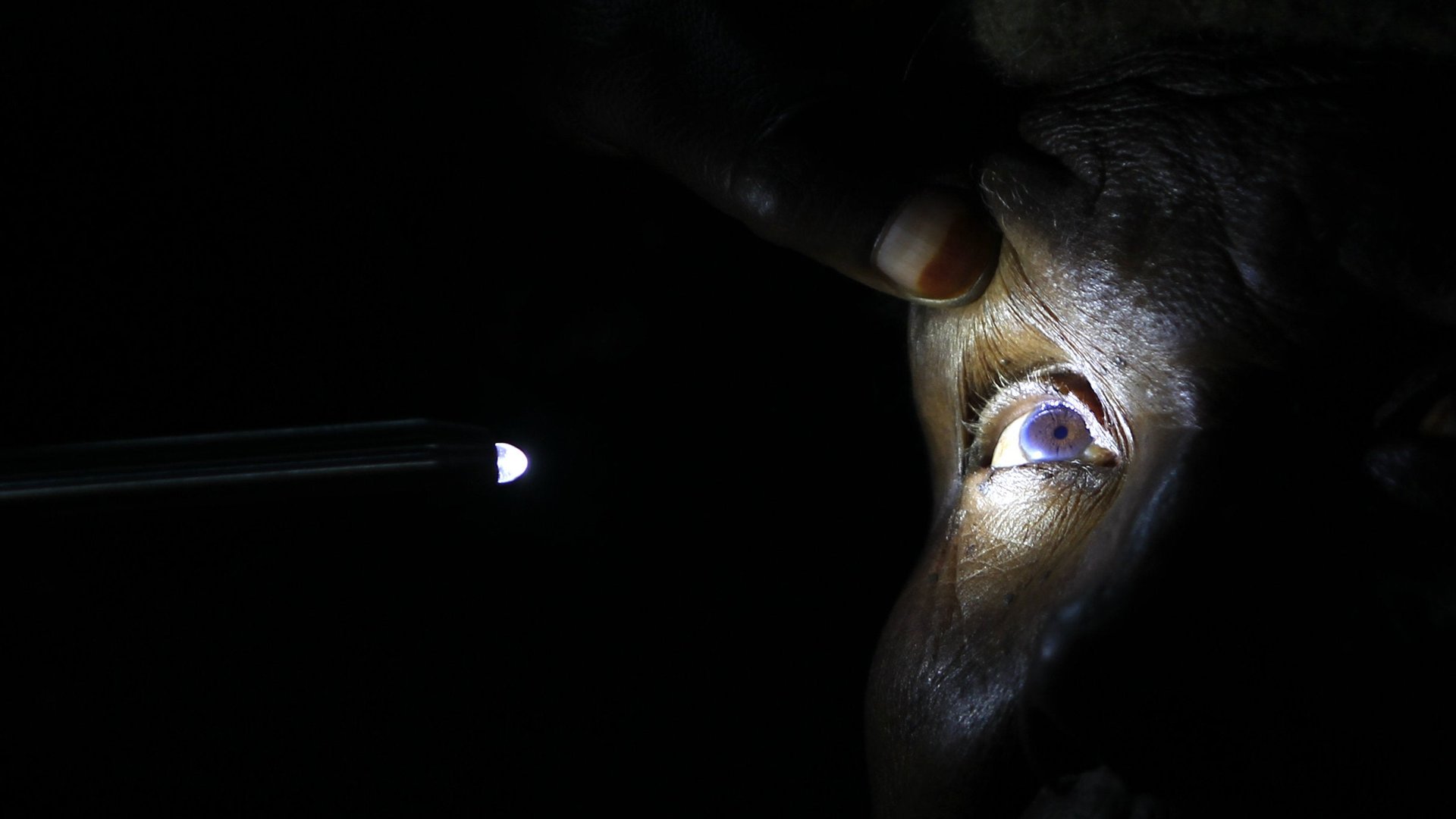There might be a way to treat cataracts without surgery
Cataract is the leading cause of blindness worldwide. The condition, which causes a clouding of the eye’s lens, affects 20 million people. It can easily be treated with surgery. But as that requires trained doctors and high-tech equipment, it remains too expensive for millions of people affected in poorer countries.


Cataract is the leading cause of blindness worldwide. The condition, which causes a clouding of the eye’s lens, affects 20 million people. It can easily be treated with surgery. But as that requires trained doctors and high-tech equipment, it remains too expensive for millions of people affected in poorer countries.
But simple eye drops might be able to prevent their suffering. In a recent study, researchers have found a chemical that can partially reverse cataract.
The lens of the eye is made up mainly of structural proteins known as crystallins. Over time, certain of these crystallins can clump together, creating structures known as amyloids. These amyloids make it harder for light to pass through the lens—creating the cloudiness cataract is known for.
Cataract disease is sometimes hereditary, and the researchers knew that in these cases, a mutant variety of crystallin causes amyloids to form. They did some tests on this mutant crystallin, and found that it also has a melting point a few degrees higher than the normal variety. So they hypothesized that lowering its melting point would also make it less likely to clump into amyloids, and that if they could find a chemical that achieved this, it might prevent age-related cataracts from forming even in people without the hereditary mutation.
-After testing 2,450 compounds, they found one that was particularly effective at lowering the mutant crystallin’s melting point, which they labeled compound 29 (its chemical name is 5-cholesten-3b,25-diol). In laboratory tests, this chemical not only dissolved amyloids that had already formed, but also stabilized crystallins and prevented them from forming amyloids.
Researchers went on to test compound 29 on mice with age-related cataract. They treated their right eyes with eye drops, leaving the left untreated. Within a few weeks, the right eye was visibly clearer than the left.
The results, detailed in the journal Science, build on a study published earlier this year that also reversed the effects of cataract with the chemical lanosterol. Unlike lanosterol, which has to be injected, compound 29 is soluble enough to be used in eye drops. Researchers are now developing compound 29 for human trials.